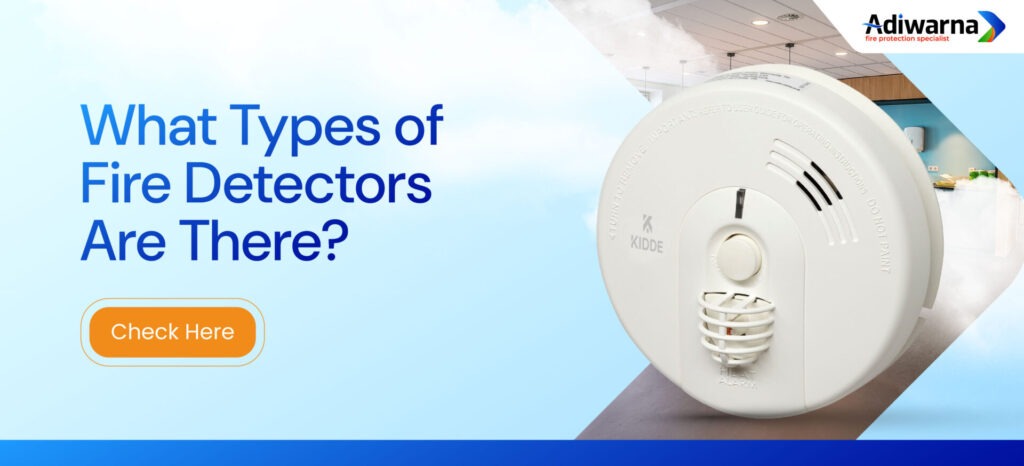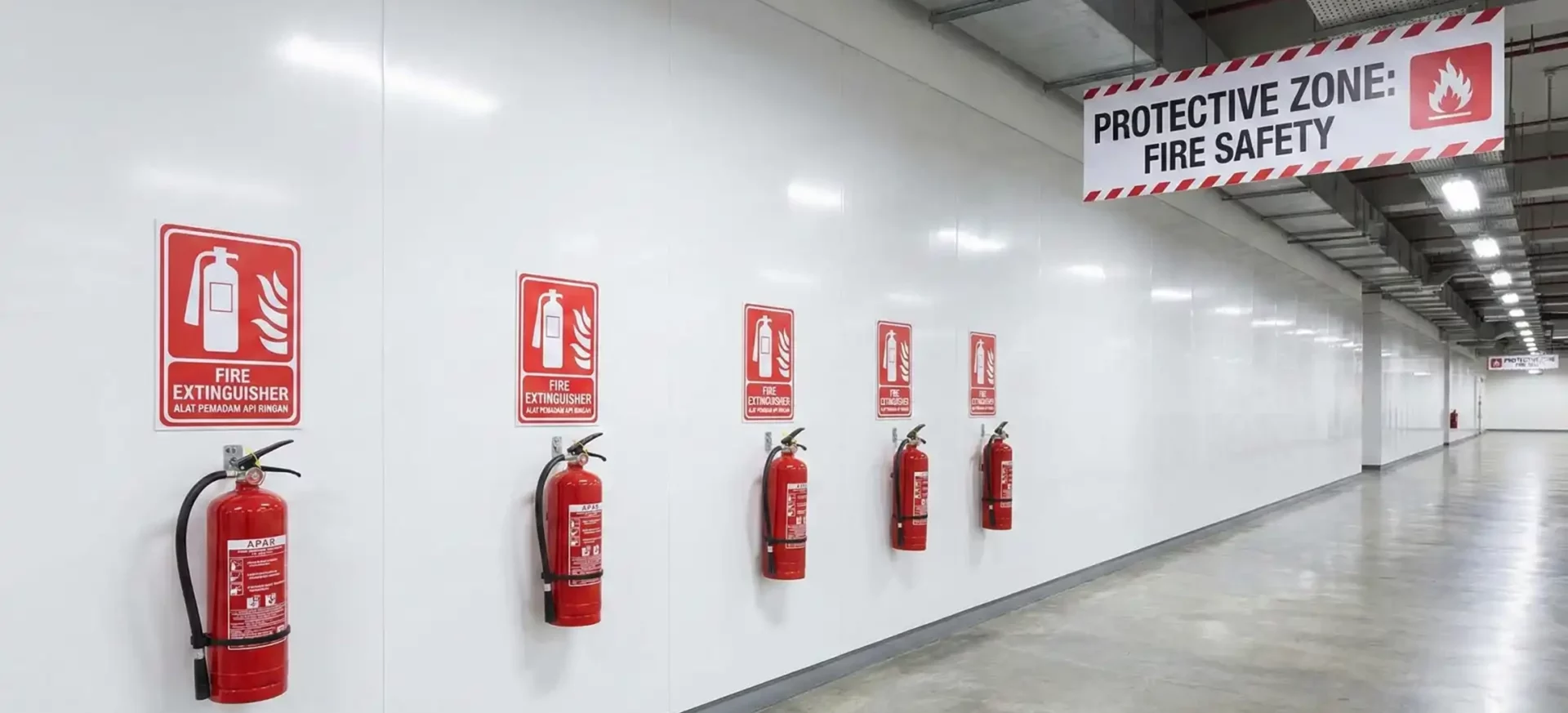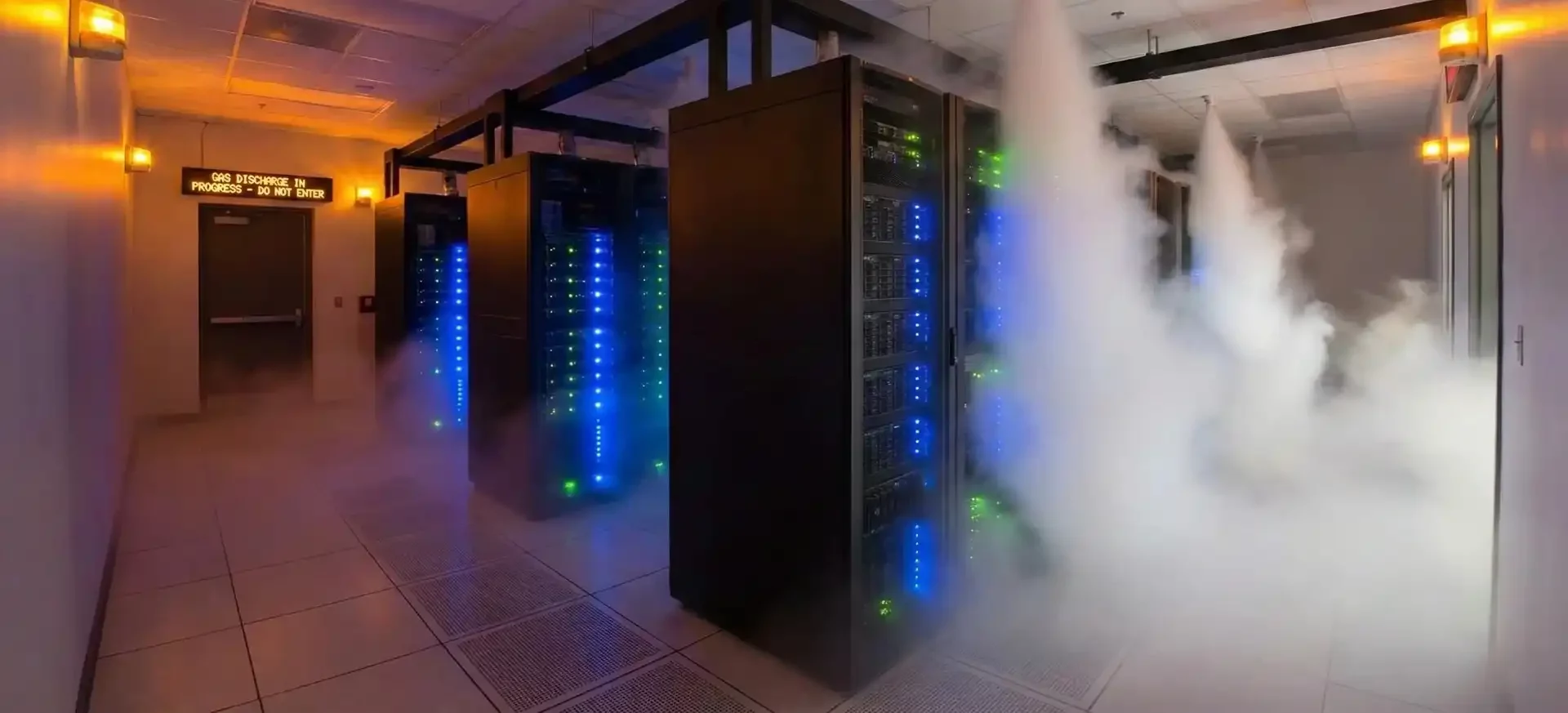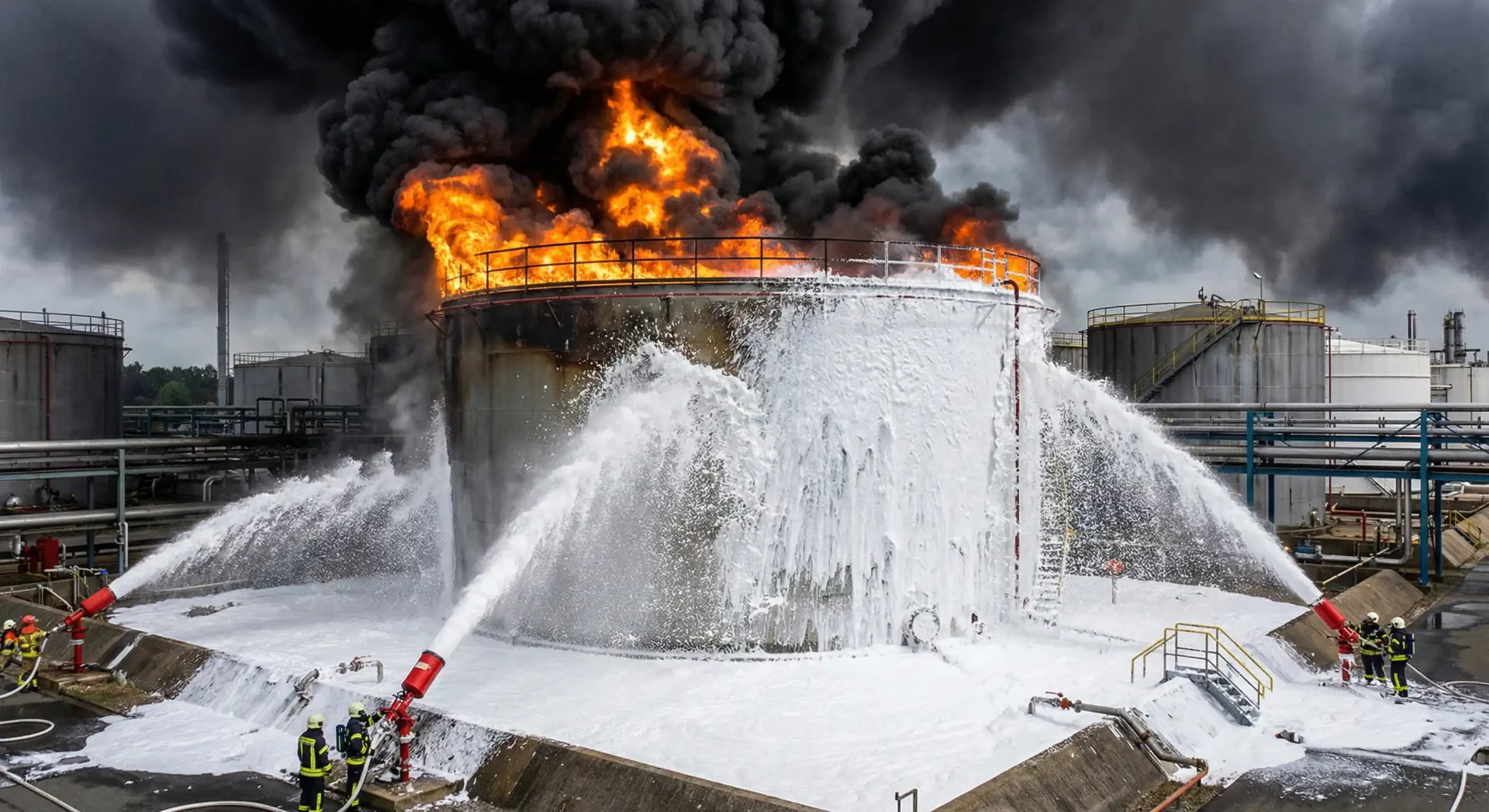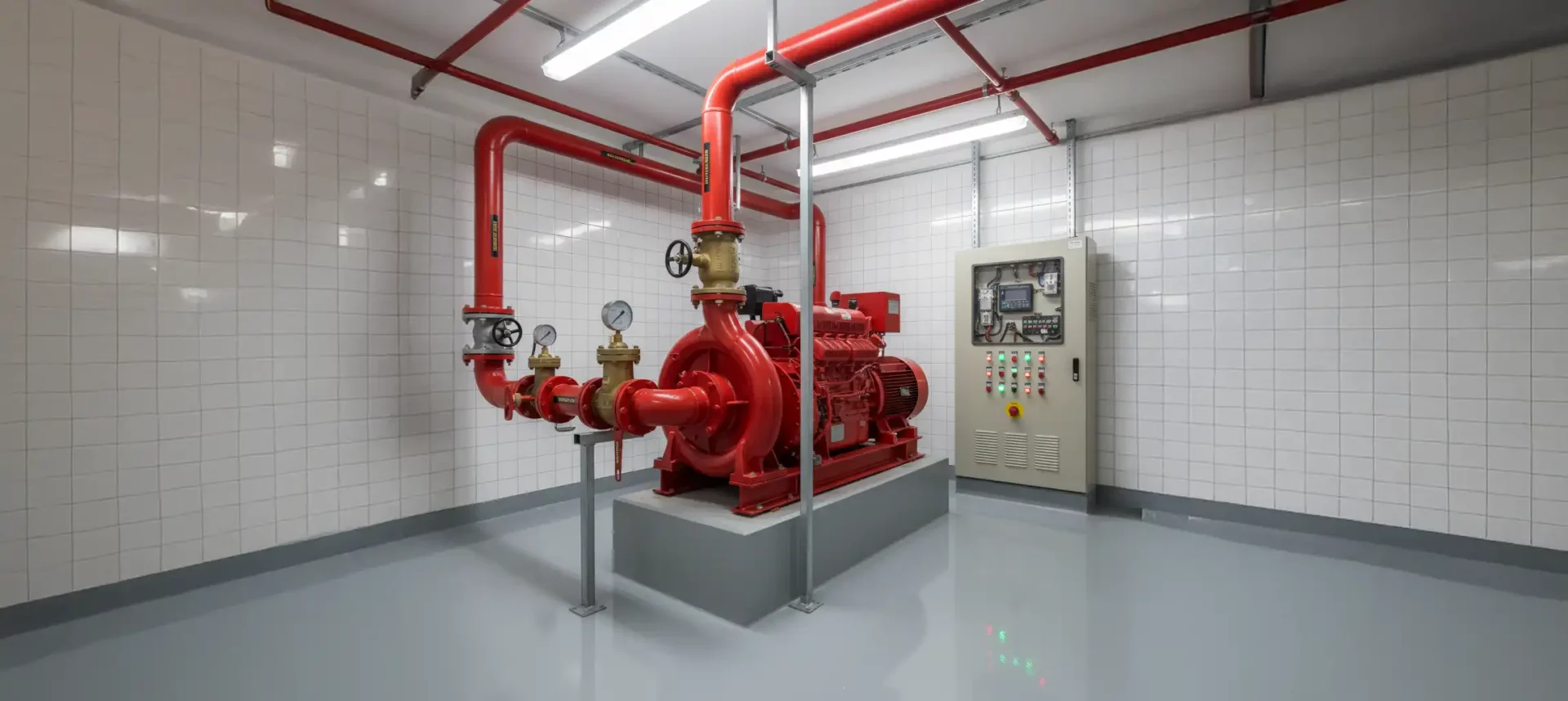What Types of Fire Detectors Are There? Check Here
Fires can happen anytime and anywhere, often without any obvious signs. To minimize the risk, use the following types of fire extinguishers: detector Proper fire warning is an important step in providing early warning so that evacuation can be carried out quickly and losses can be minimized.
Each type of detector has a different way of working and function depending on the type of hazard faced, ranging from heat, smoke, gas, to flames.
Here are five types of fire detectors that are commonly used, complete with explanations of their respective functions.
5 Types of Fire Detectors and Their Functions
Heat Detector
Heat detectors work by detecting increases in the surrounding temperature. There are two main types:
- Fixed Temperature Heat Detector, will activate when the temperature reaches a certain threshold, usually around 55–63°C. This type is ideal for high-temperature areas such as kitchens, generator rooms, or welding workshops.
- Rate-of-Rise Heat Detector, responds to rapid temperature spikes in a short period of time, effective in areas with the potential for rapid fires.
Heat detectors are ideal for use in environments containing a lot of dust or smoke, where smoke detectors are at risk of giving false alarms.
Smoke Detector
Smoke detectors detect the presence of smoke in the air and are generally quicker to respond than heat detectors because smoke usually appears earlier before the temperature increases drastically. These detectors are highly recommended for areas such as bedrooms or living rooms. There are two types:
- Ionization Detector, very sensitive and fast in detecting fire, but prone to false alarms due to small particles in the air.
- Photoelectric (Optical) Detector, more effective in detecting smoke from small fires and suitable for hallways or areas with limited ventilation.
Gas Detector
Gas detectors are used to detect the concentration of certain gases in the air such as LPG, LNG, carbon monoxide, hydrogen sulfide, or ammonia. When the gas concentration exceeds the safe threshold, this device will provide an early warning.
Gas detectors are very important to be installed in areas with a high risk of gas leaks, such as commercial kitchens, chemical storage rooms, or laboratory.
Flame Detector
Flame detectors detect ultraviolet (UV) or infrared (IR) radiation emitted by flames. They are able to distinguish between real flames and other light sources, reducing the potential for false alarms.
Flame detectors are very effective for areas where open flames can occur quickly, such as generator rooms, industrial facilities, or storage areas for flammable materials.
Beam Detector
Beam detectors work by emitting an infrared or laser beam from one point to another in a straight line. If smoke blocks the path of this beam, the detector will trigger an alarm.
This type is very suitable for large areas such as warehouses, large halls, or high-rise buildings, because installing conventional smoke detectors in these areas is less efficient.
Selecting the appropriate type of fire detector must take into account the characteristics of the room, the type of fire risk, and the potential for environmental disturbance.
Each type of detector, whether heat, smoke, gas, fire or light detector, has its own advantages in providing early warning of fire hazards.
For a reliable and integrated fire protection system, Adiwarna is present as a specialist contractor with experience in the installation and maintenance of various types of fire detection systems.
With solutions tailored to your needs, Adiwarna is ready to help create a safer environment from the risk of fire.

